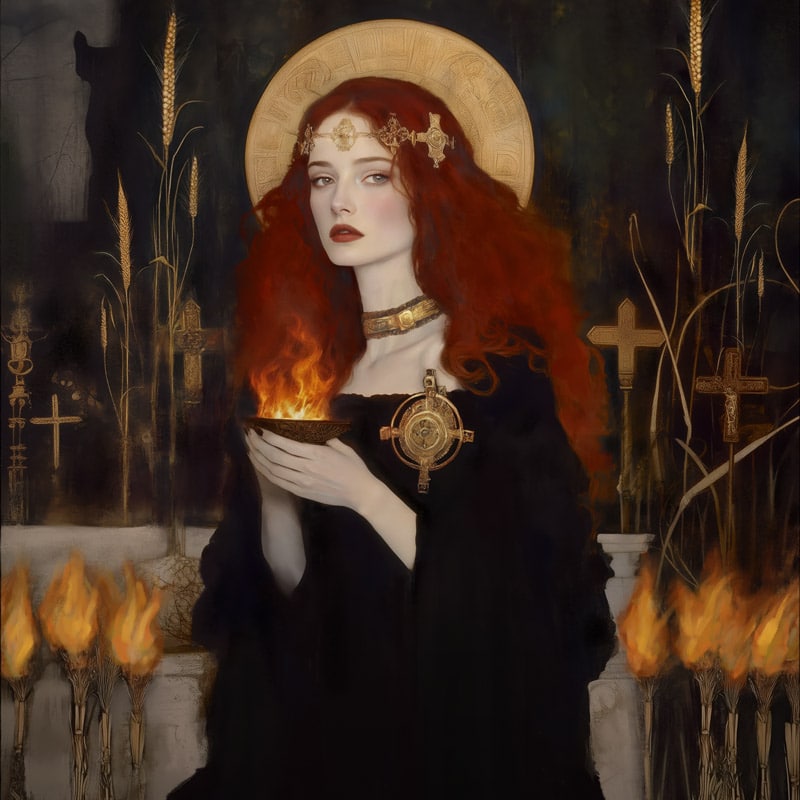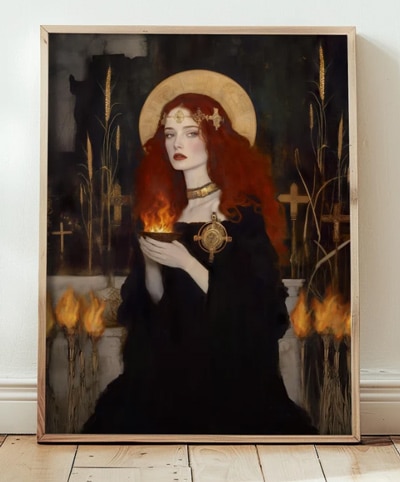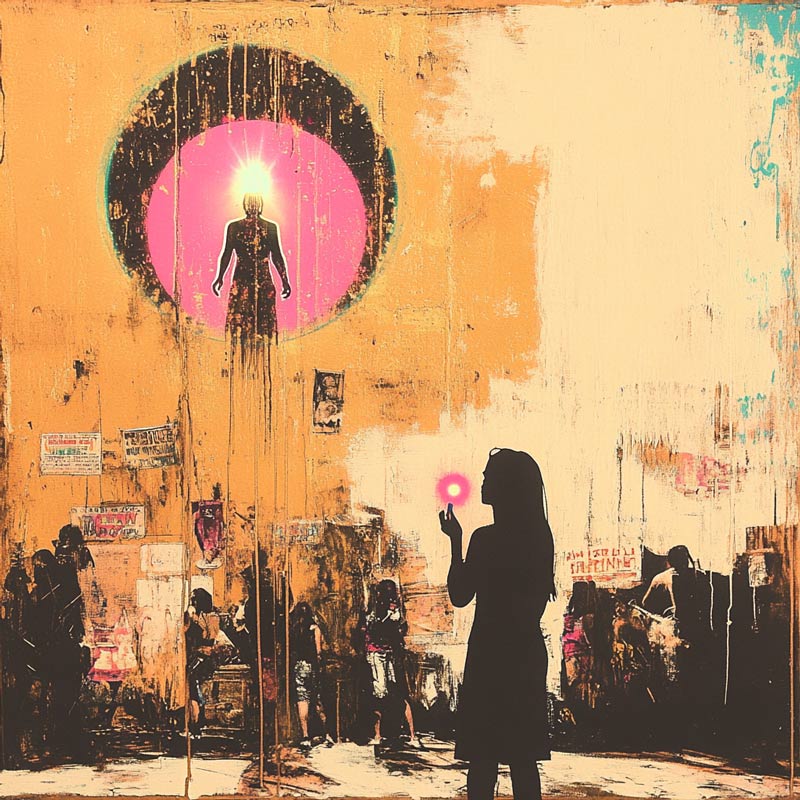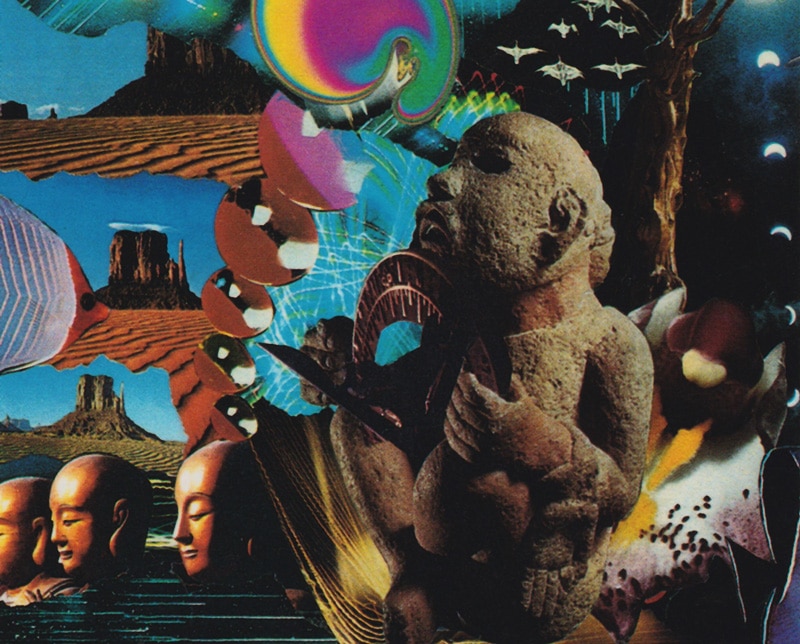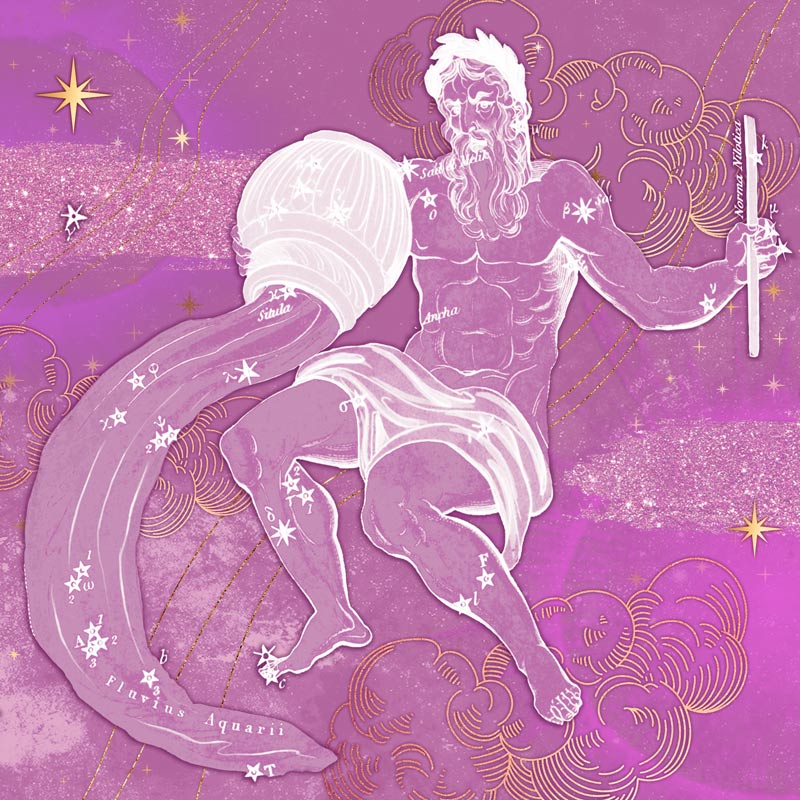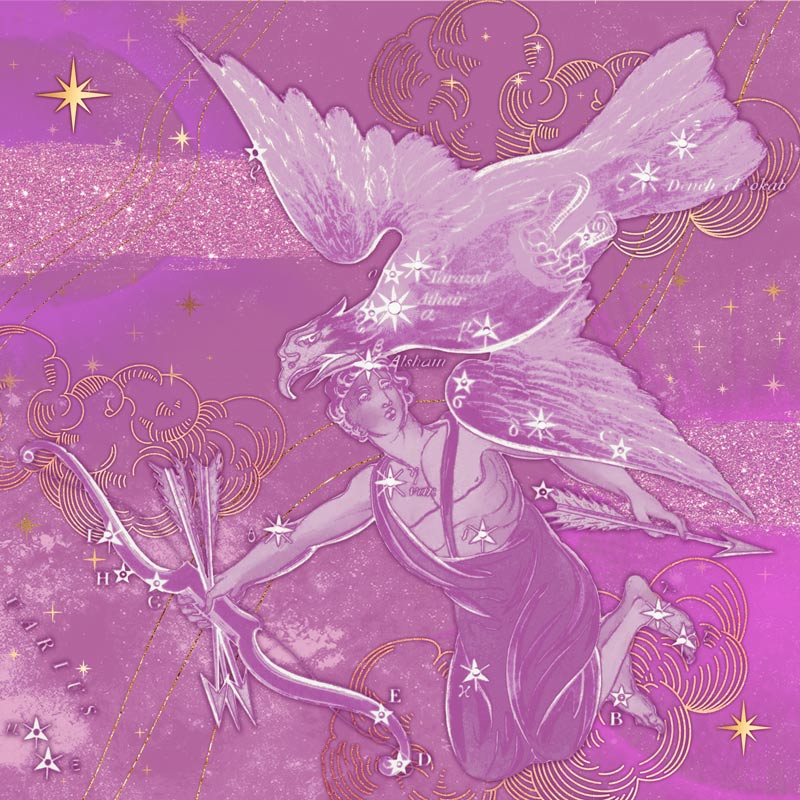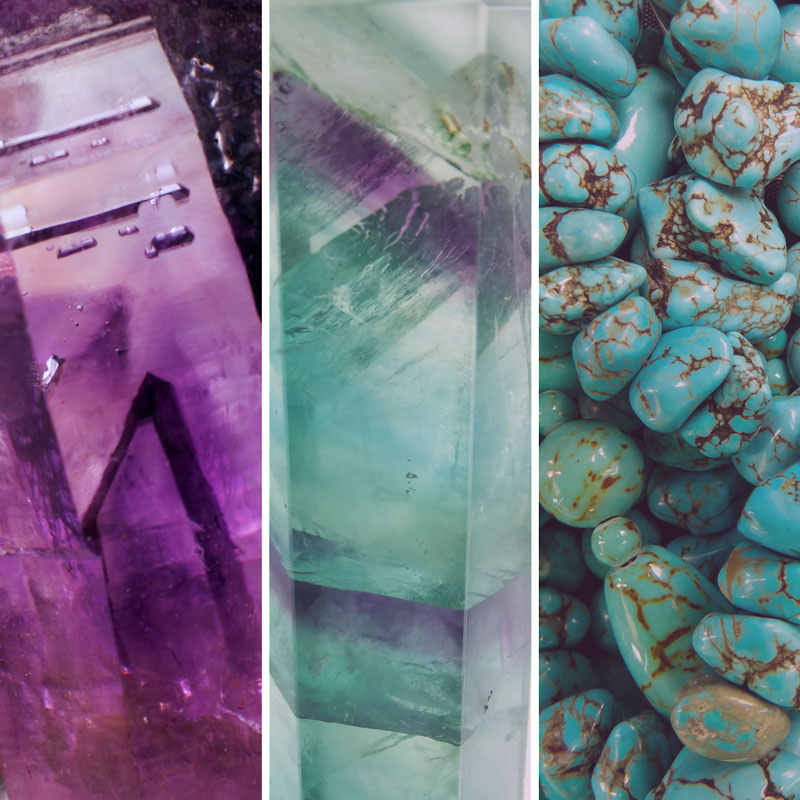Aquarius season runs from January 21 to February 21. Aquarius’s ancient ruler is Saturn, and the melancholic vibe is undoubtedly apparent at this time of the year. The trees are bare, and the soil is frozen. We feel stripped of resources due to the Christmas excesses, so it’s all looking very bleak by January. The Sun is in the sign of its detriment during Aquarius season, which is why Aquarius, the zodiac sign, is often given a bad write up in traditional astrology.
Aquarius Season Meaning
Even though the Sun is on its way back upwards in the northern hemisphere, many of us are Vitamin D deprived after the winter months. The Aquarius season meaning then for us more of us can simply be our batteries running low. We also know that January is the peak season for flu. But that’s all the bad news!
You might be surprised to hear that January is NOT the peak time for suicides. Which is not what you would expect after months of darkness. There is “a high incidence in early spring (April and May) and also a low incidence in winter” of suicide rates” ~ Bridges
What is so great about Aquarius season?
Feast days, that’s what! Imbolc commencing February 1 and Candlemas celebrated on February 2. Candlemas is a Christian holiday commemorating the baby Jesus presented to the temple. It is also known as the feast of the purification of the blessed Mary. Candlemas is an amalgamation of three events after the birth of Jesus (Or the Sun.)
- Jesus’s circumcision. (8 days after birth)
- Mary’s ‘Churching’ “Marks her return to public life. Actually, every new mother was impure, and her purification or “churching” had to be performed forty days after her confinement.”
- The presentation of Jesus, a public ritual of consecration. The child is redeemed by the act of offering an animal to god, usually a lamb or a dove.
What all these rituals have in common is the act of purification. Usually, after the Christmas festivities, we have overindulged somewhat, so our modern equivalent these days would be detoxing, joining a gym or starting a diet.
Candlemas
These feast days in time evolved into Candlemas, which these days Christians celebrate with a candlelit procession. Christmas decorations are usually taken down on Twelfth Night. (January 6). However, older traditions declare that Christmastide should really last the full 40 days after Jesus’s birth.
It makes sense that this dark time should be honoured in sync with the Virgin Mary’s confinement. Many of us go into hermit mode at this time of year anyhow. In fact, the Queen of England keeps her decorations in Sandringham up until Candlemas. I was always told it was unlucky to leave them up, but it would certainly brighten up the dull Aquarian days of January! (If it’s good enough for the Queen…)
Candlemas connects to an old Roman tradition;
Pope Innocent XII declared: “Why do we in this feast carry candles? Because the Gentiles dedicated the month of February to the infernal gods, and as at the beginning of it, Pluto stole Proserpine, and her mother Ceres sought her in the night with lighted candles. Hence, at the beginning of this month, they walked about the city with lighted candles. Because the holy fathers could not extirpate this custom, they ordained that Christians should carry about candles in honor of the Blessed Virgin; and thus, what was done before to the honor of Ceres is now done to the honor of the Virgin.”
So again, we have the sign of Virgo the Virgin associated with Ceres. I love the way Christianity and pagan traditions are so interconnected!
Imbolc Celebrations
Last but not least, let’s look at the northern European pagan festival of Imbolc, which marks the beginning of spring. This cross-quarter day technically falls at 15º Aquarius. ( Neo-pagans will celebrate Imbolc around February 4, nearer to this astronomical point.)
Imbolc is associated with the goddess Bridgid ( Christianised to St Brigid.) “Brigid was also evoked to protect homes and livestock. Special feasts were had, holy wells were visited, and it was a time for divination.”
The etymology of Imbolc is vague, with some scholars saying it means ‘in the belly’ and others saying it means ‘ewes milk’ referring to the pregnancy of ewes at this time of the year. Pagan Bridgid was the goddess of the hearth and home. Like other pagan festivals, Imbolc is also a fire festival and fire purifies.
In common with Candlemas, there is the association with cleansing. Spring cleaning in Ireland was the custom around St Brigid’s day. Praying for health while walking around a holy well was also practised on this day. People would make Brigid crosses out of rushes. A corn dolly called the ‘bride’ would be laid in a bed with a white wand. This wand was said to make the crops grow again. (Shades of Ceres here again!) The association with purity and virginity is evident in many of these rituals.
Goddess Brigid
A ‘biddy’ or Brídeóg was a doll-like figure made from reeds and clad in cloth. A crystal or bright shell was placed on her heart. “The girls would carry the doll in procession while singing a hymn to Brigid. “All wore white with their hair unbound as a symbol of purity and youth. They visited every house in the area, where they received either food or more decoration for the Brídeóg.” ~ Wiki
In Wicca, Imbolc is viewed as a ‘Woman’s holiday’. Again this connects with the thanksgiving for women’s fertility and their sacred ability to give life. In the same way, nature is also appreciated through Ceres, that the great mother earth can feed us.
Aquarius season then is a time of thanksgiving and purification. We are resting our energetic ‘soil’, so it can nourish us in the coming year. Honouring these Aquarian dark days is vital for ensuring abundance when the Sun is powerful again in Leo Season.

